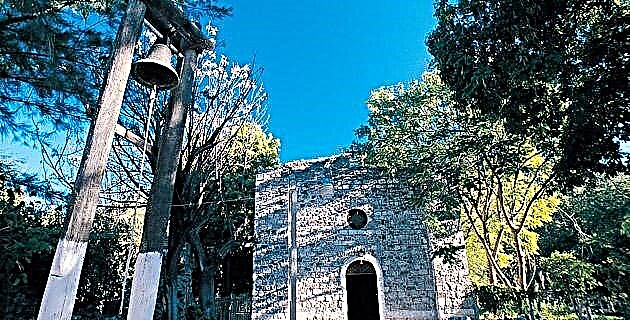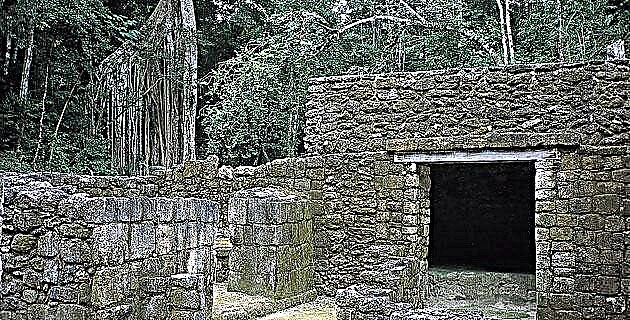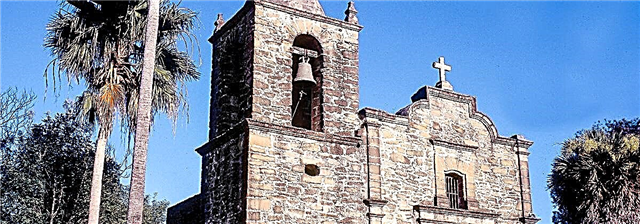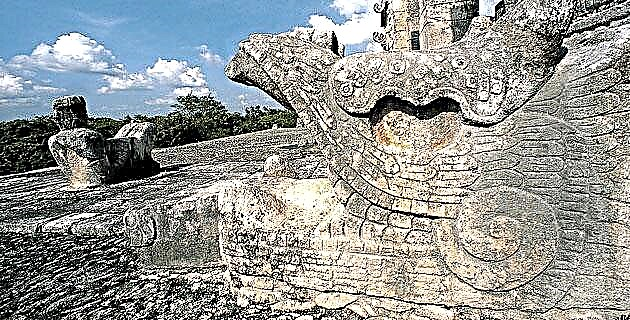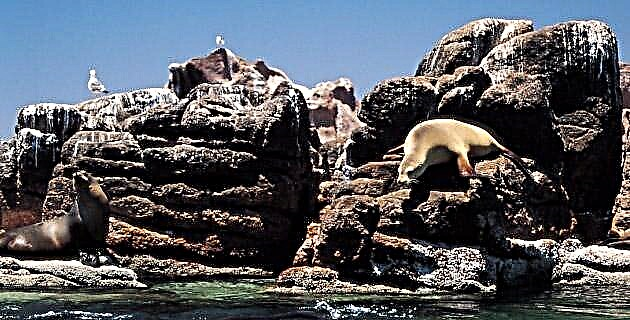
Guadalupe Island is one of the furthest from the continental Mexican territory. The large amount of volcanic rocks of different sizes scattered throughout its territory, show its volcanic origin.
In the last century, the island was visited by naturalists and adventurers, who when observing the extensive forests with mist, the enormous variety of birds and the richness of its landscapes gave it the nickname of “biological paradise”.
PLACE OF PIRATES AND WHALES
Guadalupe served as a refuge for explorers and pirates who used it as a place to supply water and meat for their long voyages. It was also an important site for whalers, who camped there permanently in order to explore the seals and sea lions that were abundant in the place. At present, vestiges of those visitors and inhabitants of the island are still observed, since on the eastern coast there are remains of constructions of Aleut Indians that were brought by Russian ships for the exploitation of the aforementioned marine animals. Likewise, there is a rock on the island where the names of the captains and the ships that visited it are inscribed; and where legends dating from the early nineteenth century are observed.
THE FLORA OF GUADALUPE IN IMMINENT RISK OF DISAPPEARING
Due to the geographical situation of the island, the climate is cold and the rainy season arrives in winter. And that is when in the valleys the seeds of herbs and plants germinate in the small spaces left by the rocks.
More than a century ago there were medium-height forests in the mountains of the southern part, which extended to these valleys and in some of them there were unique species in the world such as the Guadalupe juniper, whose last specimen died in 1983.
At present, several of the plant species that formed those forests have disappeared and the island's valleys have become extensive plains of herbs introduced by man that have displaced the original vegetation, since in many cases they are species domesticated, competitively stronger, which end up taking the place of the native species. This is one more example of the devastating action of man.
If the introduction of plants is of very harmful consequences, it is even more so that of herbivorous animals, as has been demonstrated in Australia with the incorporation of rabbits in its fauna. And as in said continent, at the end of the 18th century, whaling ships of different nationalities released a population of goats on Guadalupe Island to stock up on fresh meat. Given the conditions of the island, and as there was no predator, the population of the goats increased and in a short time the number of bearable animals in such a small territory surpassed. The growth of these ruminants was so great that as early as 1860 the possibility of exploiting them for commercial purposes was considered.
Due to this phenomenon, Guadalupe has lost half of its herbaceous species; And like all the vegetation on the island, the forest has not escaped the voracity of goats. At the end of the last century it covered an area of 10,000 ha and today its extension does not exceed 393 ha, which means that today there is less than 4% of the original forest area.
Some plant species on the island are endemic, that is, they are not found anywhere else on the planet, such are the cases of the oak, the palm and the Guadeloupe cypress. Of the plants mentioned, the Guadalupe oak is undoubtedly the one that is currently at the highest risk of becoming extinct, since there are 40 specimens so old that most of them have not reproduced. The palm is found in small patches and in very poor condition, because goats use the trunks to scratch themselves, which has caused the thallus to become thinner and weaker to the effect of the winds. The Guadalupe forest is seriously threatened, since for more than half a century a new tree has not been born because it takes a seed longer to sprout than a goat to devour it.
The latest report from the island is bleak: out of 168 native plant species, around 26 have not been observed since 1900, which has led to their probable extinction. Of the remainder, few specimens were seen because they are generally found in places inaccessible to goats or on islets adjacent to Guadalupe.
THE BIRDS OF THE ISLAND, A DESPERATE SONG
The scarcity of trees in the forest has forced some species of birds to nest on the ground, where they are easy prey for the huge numbers of cats that live in the wild. It is known that these cats have exterminated at least five species of typical birds of the island, and now neither in Guadeloupe nor in any other place in the world will we be able to find the caracara, the petrel and other species of birds that have been disappearing year after year from the preyed paradise of this island.
THE ONLY NATIVE MAMMALS ON THE ISLAND
In the winter season, the sandy and rocky beaches are covered with the most notorious mammal on the island: the elephant seal. This animal comes from the islands of California in the United States to reproduce on this island in the Mexican Pacific.
In the last century, these huge animals were victims of the whalers, and the slaughter was such that in 1869 they were thought to be extinct, but at the end of the 19th century some specimens of this species were found on the island, since it has been in Guadeloupe where the elephant seal population has recovered. Today these animals can be seen frequently on many of the islands in the North Pacific and Mexico.
Another of the island's innumerable biological riches is the Guadalupe fur seal, which was believed to be extinct due to the great slaughters that were made of it in the last century for the commercial value of its fur. Currently, under the protection of the Mexican government, this species is recovering.
SOME ARGUMENTS IN FAVOR OF THE CONSERVATION OF THE ISLAND
In addition to having an enormous biological wealth, Guadalupe Island is of great political and economic importance. And since the claim to sovereignty of an island is largely determined by its use, in 1864 the Mexican government sent a military garrison to protect it from foreign incursions. Currently, this military reserve is in charge of five infantry detachments distributed in different parts of the island, and its sovereignty is also guaranteed with the presence of a colony of fishermen who are dedicated to catching lobster and abalone, products that have great demand abroad.
In addition to being a biological laboratory, being 140 miles off the coast of Baja California, the island extends 299 miles plus our exclusive economic zone, and this allows Mexico to exercise its sovereignty to explore and explore the maritime resources within this area.
If these arguments were not enough, we should only think that the island is part of our natural heritage. If we destroy it, the loss is not only for Mexicans, but for all humanity. If we do something for it, it may once again be the "biological paradise" found by naturalists of the last century.
Source: Unknown Mexico No. 210 / August 1994



